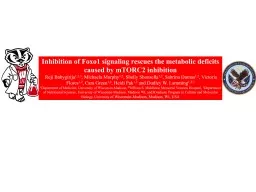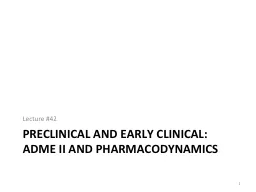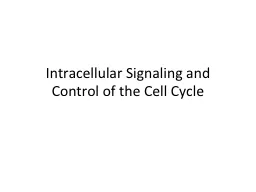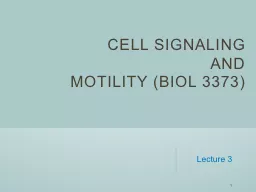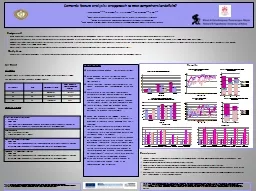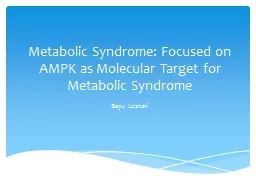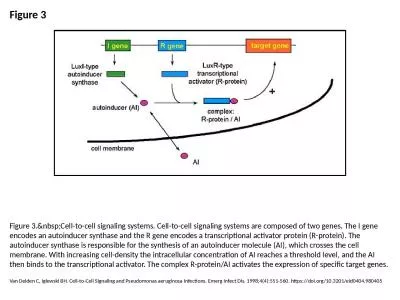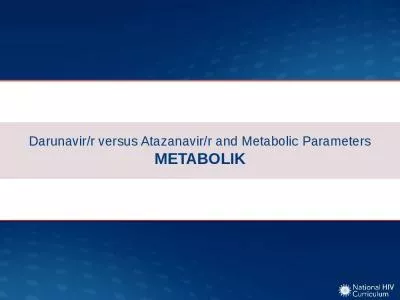PPT-Inhibition of Foxo1 signaling rescues the metabolic deficits caused by mTORC2 inhibition
Author : BraveBlackbird | Published Date : 2022-08-04
Reji Babygirija 123 Michaela Murphy 12 Shelly Shonsella 12 Sabrina Dumas 12 Victoria Flores 12 Cara Green 12 Heidi Pak 12 and Dudley W Lamming 123 1 Department
Presentation Embed Code
Download Presentation
Download Presentation The PPT/PDF document "Inhibition of Foxo1 signaling rescues th..." is the property of its rightful owner. Permission is granted to download and print the materials on this website for personal, non-commercial use only, and to display it on your personal computer provided you do not modify the materials and that you retain all copyright notices contained in the materials. By downloading content from our website, you accept the terms of this agreement.
Inhibition of Foxo1 signaling rescues the metabolic deficits caused by mTORC2 inhibition: Transcript
Download Rules Of Document
"Inhibition of Foxo1 signaling rescues the metabolic deficits caused by mTORC2 inhibition"The content belongs to its owner. You may download and print it for personal use, without modification, and keep all copyright notices. By downloading, you agree to these terms.
Related Documents

